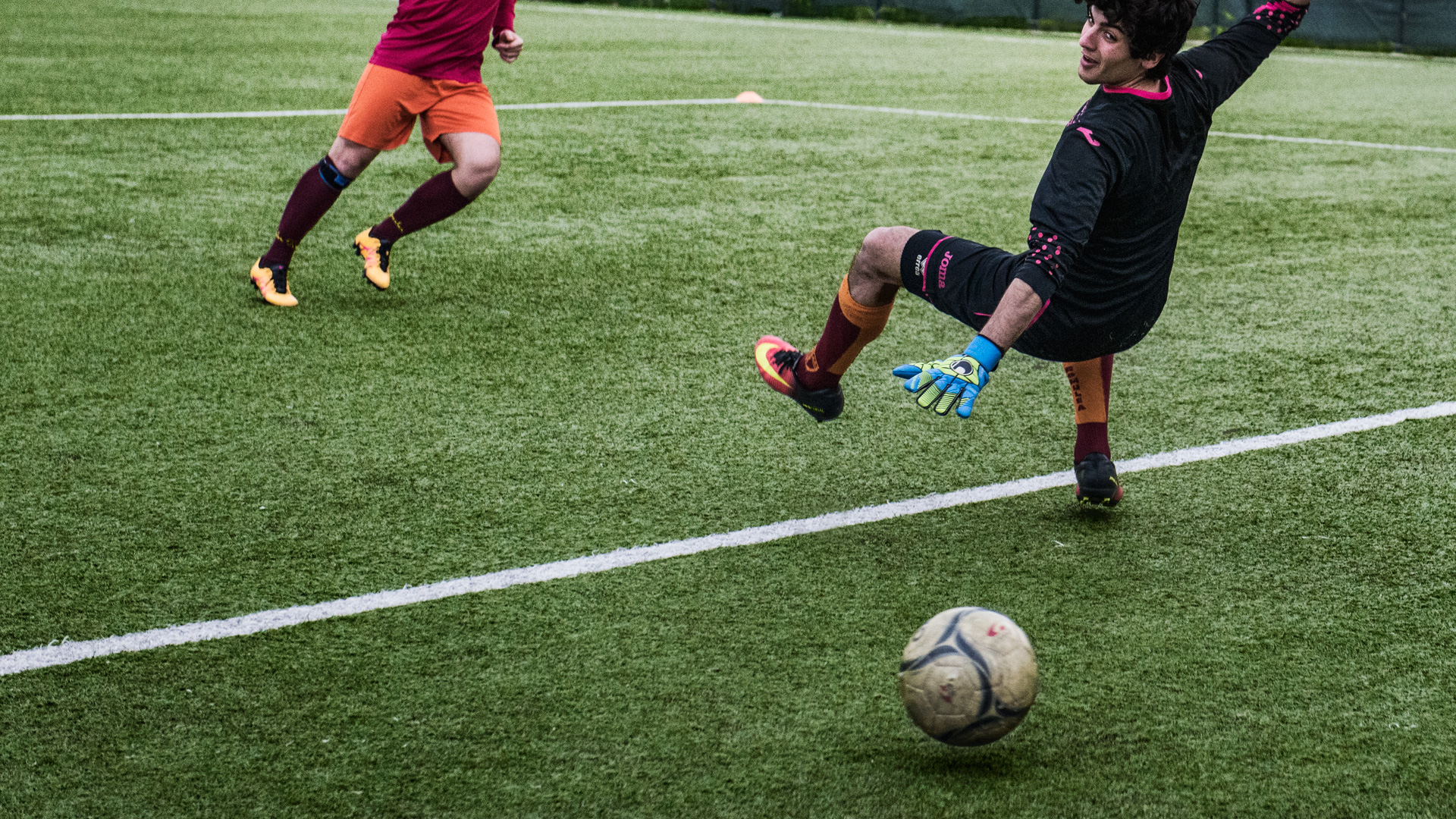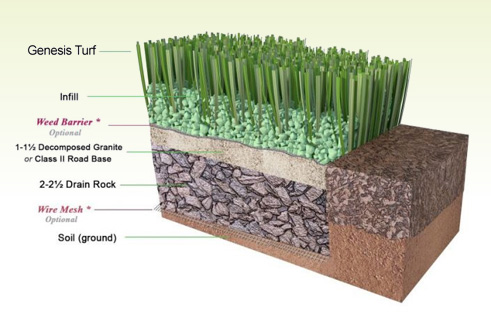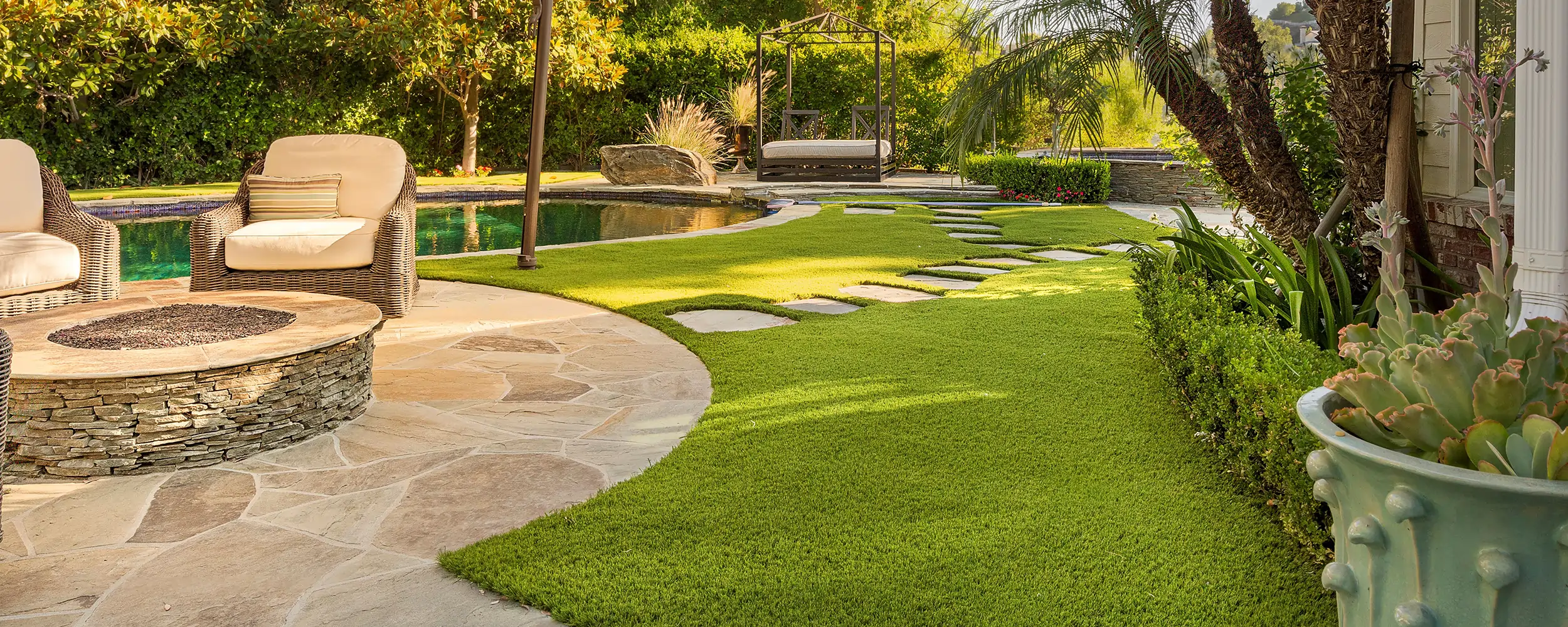High-Quality Arizona Turf Installation Solutions for Residences and Businesses
High-Quality Arizona Turf Installation Solutions for Residences and Businesses
Blog Article
Explore the Environmental Conveniences of Opting for Synthetic Grass Solutions
The fostering of synthetic lawn remedies offers a compelling possibility to resolve pressing environmental obstacles. By dramatically reducing water usage and minimizing the application of damaging chemicals, these options not only advertise lasting landscaping yet also protect regional communities.
Water Conservation Perks
One of the most substantial advantages of synthetic lawn is its capability to save water. In contrast, synthetic grass does not need watering, substantially lowering the overall demand for water resources.
By eliminating the demand for routine watering, artificial turf adds to sustainable landscape methods and aids mitigate the ecological impact of extreme water consumption. The preservation of water expands to the reduction of overflow, which can lead to dirt erosion and waterway contamination.
Additionally, the installment of man-made lawn allows districts and house owners to assign water resources much more effectively, concentrating on important usages such as alcohol consumption water and agriculture. The shift towards synthetic grass not only promotes responsible water usage however likewise lines up with more comprehensive environmental goals focused on maintaining natural deposits.
As communities progressively prioritize sustainability, the water preservation benefits of synthetic grass provide a compelling situation for its adoption in commercial and residential landscaping jobs.
Reduced Chemical Use
The transition to synthetic grass dramatically lowers the dependence on chemical therapies generally made use of in all-natural turf upkeep. Traditional lawn monitoring commonly includes the application of chemicals, herbicides, and plant foods to promote development and control insects. These chemicals can pose threats to human wellness, local wild animals, and the setting, adding to soil and water contamination.
In comparison, artificial turf eliminates the demand for these damaging materials. By decreasing the launch of synthetic compounds right into the ecosystem, artificial grass advertises much healthier dirt and water systems.
In addition, the absence of chemical overflow related to fabricated grass installations helps safeguard regional rivers from air pollution, supporting marine life and keeping biodiversity. Artificial turf companies phoenix. As areas significantly prioritize sustainable practices, deciding for synthetic grass presents a feasible option that lines up with ecological preservation objectives. Via this change, residential or commercial property proprietors can appreciate lavish environment-friendly rooms without jeopardizing environmental health, leading the way for a much more sustainable future
Reduced Carbon Footprint

Furthermore, the setup of man-made turf can result in significant water preservation. Natural grass require significant amounts of water for watering, which not only contributes to the carbon footprint related to water removal and therapy but also strains regional water sources. In contrast, synthetic grass requires minimal maintenance, needing no watering, thus substantially decreasing water use and its linked energy prices.
Furthermore, the long life of synthetic turf contributes to its decreased carbon effect. With a life-span of as much as 15 years or even more, the demand for constant substitutes is decreased, causing much less waste and reduced power usage in production and taking care of traditional turf alternatives. In general, synthetic grass presents a sustainable option for environmentally conscious landscaping.
Environment Conservation
Environment preservation is a vital factor to consider in the discussion over landscape design options, especially when comparing synthetic grass to natural grass. All-natural yard lawns typically need substantial upkeep, including the use of chemicals, plant foods, and herbicides, which can detrimentally his response affect regional ecological communities. These chemicals can leach right into the dirt and waterways, hurting indigenous vegetation and fauna and interfering with regional habitats.
On the other hand, synthetic grass provides a possibility to decrease the eco-friendly impact of landscape design. By choosing for synthetic lawn, home owners can minimize the interruption of natural environments connected with conventional lawn care practices. Synthetic grass gets rid of the need for hazardous chemicals, thereby protecting close-by wild animals and preserving the honesty of bordering environments. Furthermore, the installation of fabricated grass can bring about the conversion of former turf locations into more biodiverse landscapes, such as pollinator yards or native plant areas, which can support neighborhood wild animals.
Inevitably, the shift to fabricated turf not only conserves water and reduces upkeep efforts however likewise cultivates an extra unified partnership in between human tasks and the native environment, advertising environment conservation while doing so.
Long-Term Sustainability
Long-lasting sustainability is an essential consider assessing the advantages of synthetic grass over standard yard yards. Among one of the most considerable advantages of synthetic grass is its durability; it can last approximately 15-20 years with minimal maintenance, whereas natural grass requires frequent reseeding and substitute. This long life reduces the demand for constant resources, such as water, plant foods, and pesticides, which are necessary for maintaining a healthy and balanced turf lawn.
In addition, synthetic grass adds to a reduction in carbon discharges related to yard care devices. Standard yards frequently need gas-powered mowers, leaners, and blowers, every one of which add to air pollution. Arizona artificial turf. On the other hand, fabricated lawn removes the demand for such equipment, promoting a cleaner environment
In addition, the production of artificial lawn progressively uses recycled products, boosting its sustainability account. As producers redirected here adopt environment-friendly practices, the ecological footprint of synthetic grass proceeds to diminish.

Conclusion
The adoption of artificial lawn remedies provides significant environmental advantages, including significant water preservation, reduced dependence on harmful chemicals, and a lower carbon footprint. Artificial turf aids in maintaining natural environments by reducing land disturbance and advertising long-term sustainability via the use of durable materials. Collectively, these elements emphasize the potential of artificial grass to add positively to environmental health and wellness and use a feasible option to standard landscape design methods in a progressively resource-conscious world.
In comparison, man-made grass does not require watering, considerably minimizing the overall need for water sources. By minimizing the release of artificial compounds into the ecosystem, synthetic grass promotes much healthier dirt and water systems.
Furthermore, the installment of fabricated turf can result in substantial water preservation. In comparison, fabricated grass needs marginal upkeep, requiring no watering, therefore dramatically minimizing water use and its linked energy costs.

Report this page